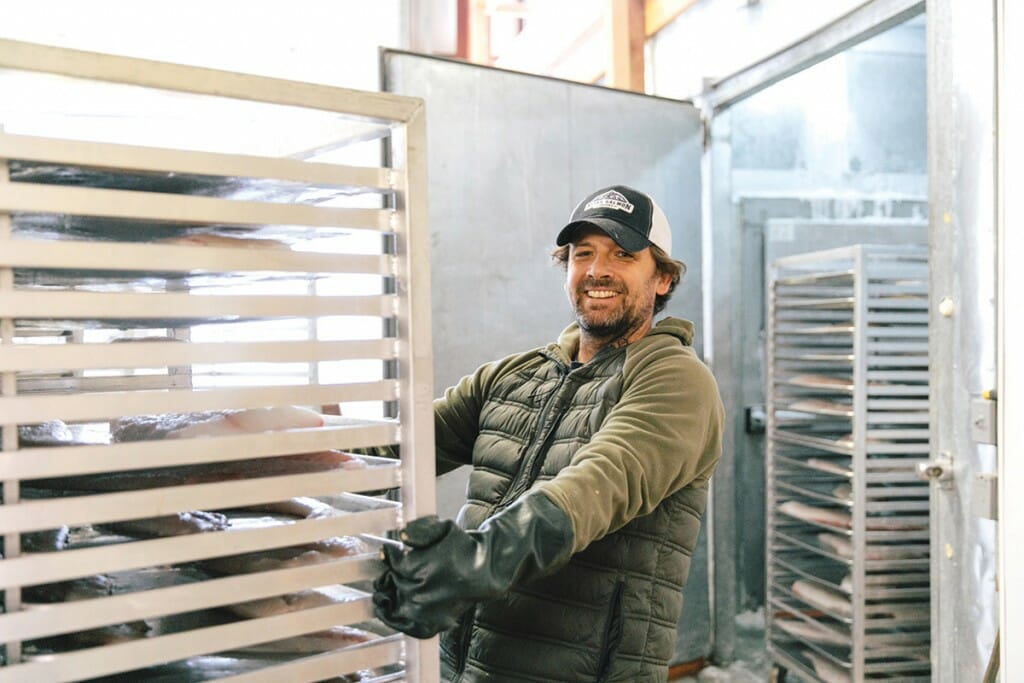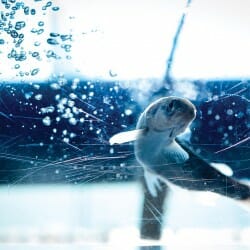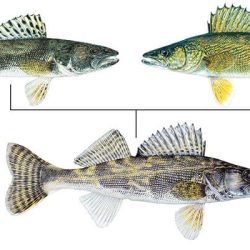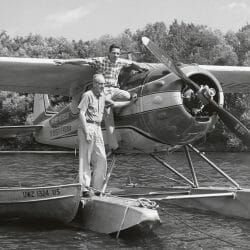Nic Mink ’02, PhD’10 is mad as halibut, and he’s not going to take it anymore. Mink likes fish. But he very much prefers his fish to be good fish. The world has too much bad-tasting seafood, he argues, and it doesn’t have to be that way.
“Seafood is a $20 billion industry,” he says, “and yet out of every 10 pieces of fish you buy at the grocery store, how many are bad? How many are just okay? Maybe 5 out of every 10? Why do we put up with this?”
To address this deficiency, Mink founded Sitka Salmon Shares, a community-supported fishery (CSF) that delivers seafood straight from the Alaskan boats to subscribers around the country.
Though he describes himself as a fishmonger, Mink didn’t study mongery at the UW, nor did he study aquaculture or economics. He earned his bachelor’s and doctorate in history — in particular, environmental history — and in his academic life, he teaches part time at Knox College in Illinois. But between grad school and teaching, he moved to Sitka, Alaska, to live out the Wisconsin Idea.
“I wanted to take my intellectual endeavors out to do good,” he says. “That really resonated with me. I wanted to see environmental studies in real life. The humanist in me wanted to learn about food and food systems and food justice.”
One of the things he learned was that fisheries tend to commoditize their products: that fishermen usually sell to just a few large corporations that value quantity over quality. Mink wanted to bring a different model — one that valued quality, connected fishermen to consumers more directly, and ultimately gave diners a better meal. He wanted, in other words, to bring to seafood the same ethos that underlies community-supported agriculture (CSA).
In a CSA, consumers buy shares in a local farm, which then supplies food directly to them. After returning to the Midwest, Mink founded Sitka Salmon Shares, which, similarly, sells memberships to consumers around the nation. Fishers in Sitka, who have an ownership stake in the business, deliver high-quality fish — not just salmon, but also cod, crab, halibut, and more. The company flash-freezes the fish and ships it to subscribers.
“It’s an artisanal product,” Mink says, and, at typically $18 or $20 per pound, the price reflects it. “But it’s worth it. We have fish that are substantially different than what you’d find even at a Whole Foods. We see this as an everyday luxury item.”
Published in the Spring 2019 issue




Comments
No comments posted yet.